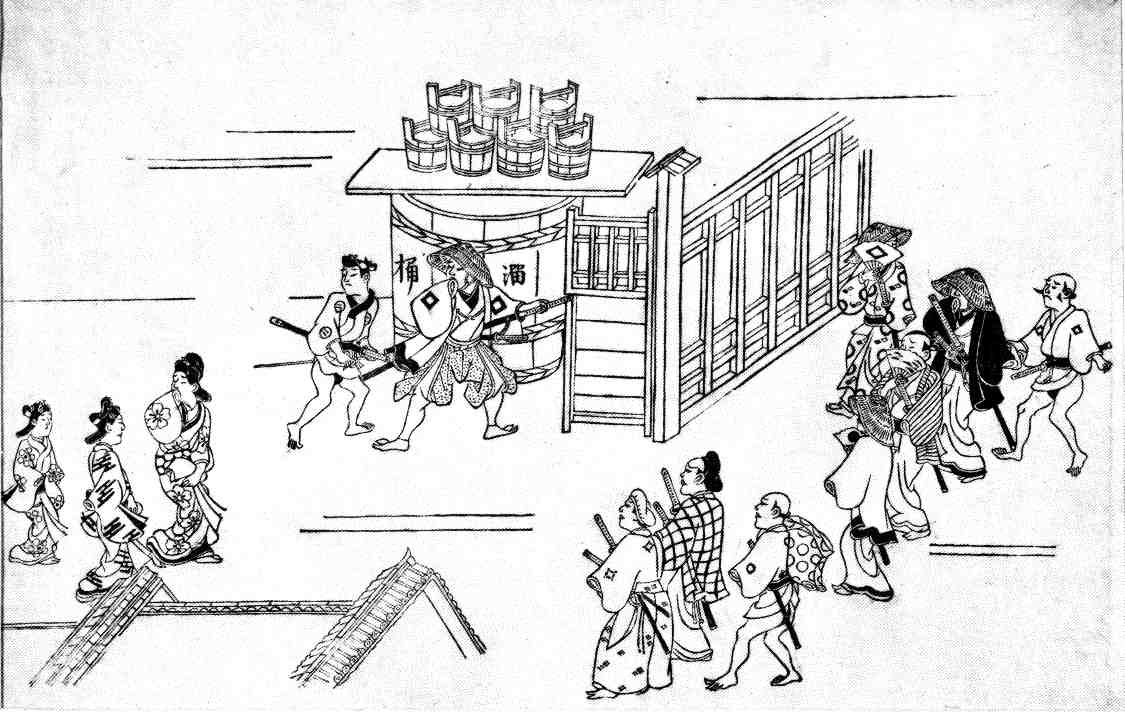 |
| Moronobu |
 |
Hishikawa Moronobu (1618?-1694) is well-known as a creater of ukiyoe. He was born as a son of a family of nuihaku-shi, or a craftsman engaged in decorative arts (embroidery and ornament) in Bo-shu (now Chiba prefecture). He went to Edo (now Tokyo) to learn drawing at his age of 20, and learned traditional drawing techniques through the famous three schools: kano-ha, tosa-ha, and hasegawa-ha (ha means school).
Moronobu published a picture book, "buke hyakunin isshu (100 hundred poems by 100 samurai)" (It was his first time to publish a book with his signature in the ukiyoe) in 1672 (Kanbun 12). It is said that the book was the first book for ordinary people (that is, people who were not from samurai or aristocracy).
Moronobu introduced the new art ukiyoe through his works in various field around the Manji and Kanbun eras (1658-1672). He published various picture books, such as books about yoshiwara (pleasan district in edo) or kabuki actors, signtseeing, craftsmen, beautiful women, interpretation of classic literature, and koshoku (erotic literature).
After his success in picture books, he began to publish individual pieces of ukiyoe. He produced black and white ukiyoe (sometimes colored by hand after printed).
He also got into the nikuhitsu-ga or handdrawing field which was supported by rich people, and draw e-maki (picture scroll), kakehuku (hanging scroll), and byobu (folding screen). Among his handdrawing works, mikaeri bijin (turning back beauty) is most well-known. Moronobu established hishikawa school and had many pupils.
Among them, Morohusa (Moronobu's son) and Moroshige are most well-known.
